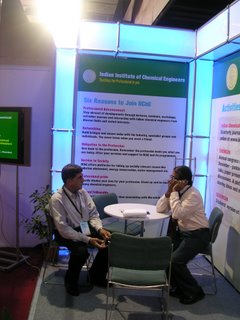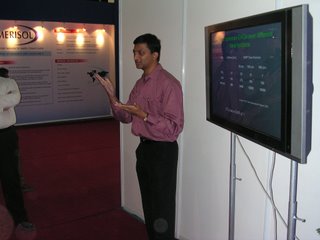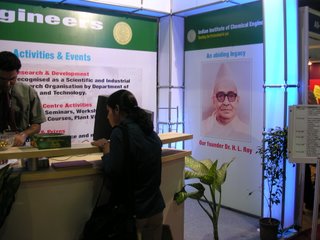Electrical Safety
The environment in a chemical plant is often hazardous, especially when hydrocarbons are being processed and process engineers are called upon to specify or approve the protection method for electrical apparatus installed in hazardous areas. The first prerequisite for an explosion to occur is the presence of the flammable gas – air mixture in an explosive concentration and the atmosphere in a plant can be classified into 3 zones, depending on the likelihood of the hazard being present. The risk is highest in Zone 0, where the hazard is always present. In Zone 1 the risk is lower with the hazard likely to be present under normal operating conditions. The risk is least in Zone 2 with the hazard being present only for short times due to a fault. Guidelines are available in API RP 500 for constructing the Hazardous Area Classification diagram demarcating the plant environment into different zones for various commonly encountered situations.
For Zone 0 application, the only practical option is to adopt the principle of intrinsic safety. An intrinsically safe apparatus (Ex-i) is designed and constructed such that the electrical energy carried by the circuit, even under fault conditions, is lower than the minimum ignition energy of the flammable environment in which it has to operate.
For Zone 1 application there are plenty of options to choose from. In addition to intrinsic safety, the other choices are flameproof enclosures (Ex-d), increased safety (Ex-e) and purged or pressurized enclosures (Ex-p). Flameproof enclosures do not prevent ingress of flammable mixtures from outside, but are designed to withstand an internal explosion and the flame that leaps out of the enclosure is cooled before it reaches the potentially inflammable atmosphere outside. Increased Safety design and construction ensures that there is no arcing, sparking or hot surface that can be a source of ignition. Pressurization of the enclosure by purging it with clean air or inert gas is another way of rendering it non-hazardous. For Zone 2 application, there is one more protection possibility, Ex-n which prevents ignition by avoiding sparks or hot surfaces during normal operation.
Ex-i is the highest level of protection followed by Ex-d and Ex-e. Ex-p and Ex-n constitute the lowest rungs on the ladder. The type of protection to be applied depends on the application and of course on the zone in which the application falls. Cost and maintenance are also important considerations. Ex-i is the most expensive but offers the tremendous advantage of permitting live maintenance within the hazardous area and hence it is the most widely used method of protection for process instrumentation. Ex-e is usually applied for small motors, luminaries and junction boxes. Ex-p is the least expensive option, used typically for instrument enclosures, but also the least reliable because of possible purge failure.
Ex-d enclosure design depends on the type of explosive mixtures being handled, which are divided into 4 groups – I, IIA, IIB and IIC. Ex-d enclosures for Group – IIC gases (hydrogen) require stringent design and certification making them very expensive. Depending on the Zone, Ex-e or Ex-n are often specified for motors on hydrogen service to reduce the cost. The gas groups are important only selecting the right type of flameproof enclosure and are not relevant for other types of protection.




